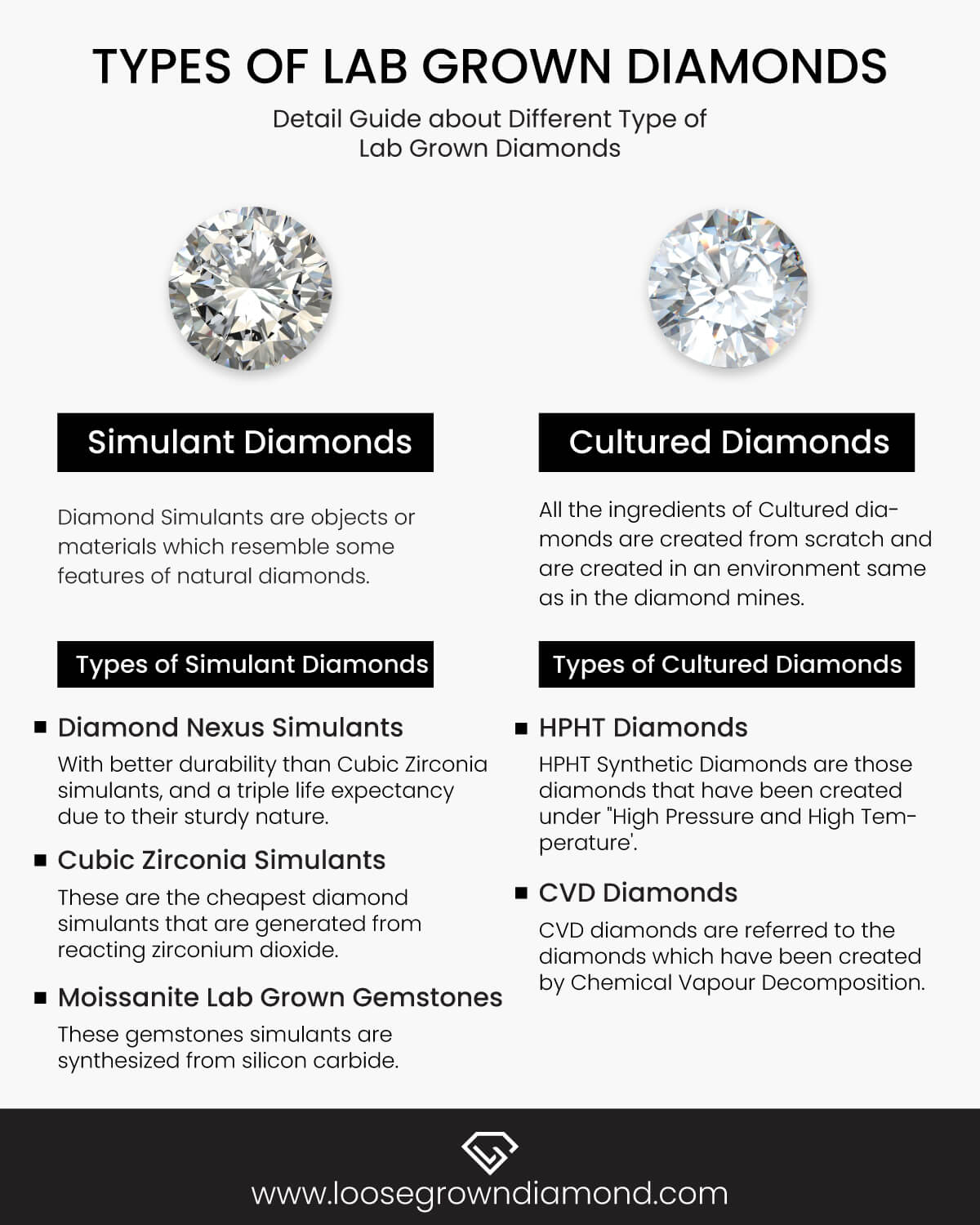Not terrestrial: The Making of Lab-Created Diamonds
In recent years, synthetic diamonds have surfaced as a fascinating alternative to their natural counterparts. These sparkling gems are produced in controlled environments, mimicking the natural processes that generate diamonds deep within the Earth. As consumers develop a heightened awareness of the moral and environmental implications associated with conventional diamond mining, lab grown diamonds present a sustainable option while maintaining beauty or quality.
The procedure of making lab grown diamonds involves advanced technology and technical accuracy. By duplication the conditions found in nature, these diamonds achieve the identical chemical structure and physical properties as traditional diamonds. This innovation not only generates stunning gems but also allows for a more clear supply chain, which simplifies the process for consumers to understand the source of their purchase. In this write-up, we will delve into the intriguing science behind lab grown diamonds, explaining each phase of their production and assessing their position in the world of luxury jewelry.
The Science of Lab Grown Diamonds
Synthetic gemstones is created using advanced technical methods that replicate the conditions in which diamonds are formed within our planet. Two two approaches employed are HPHT (HPHT) also CVD (CVD). The High Pressure High Temperature method mimics an intense pressure plus temperature found in our planet's core, utilizing a carbon sources which experiences transformation to gem structures. Conversely, Chemical Vapor Deposition utilizes vaporizing carbon-rich gas in a enclosure, allowing the gas atoms for them to accumulate and crystallize onto the surface, resulting in diamonds layered upon layer.
Both methods result in gems which are optically identical as their mined equivalents. This, means that they have identical same hardness, sparkle, and luster to mined diamonds. This capability to control their development environment in laboratories enables creators for them to create stones which can meet specific standard criteria, leading to gems in various colors plus clarity. This level in precision allows the creation of stunning creation of stunning gems which compete with those found within the natural world.
As technical advancements progressing, these processes to creating lab grown gems are increasingly efficient and cost-effective. Such progress not just renders diamonds easier to be accessible but also raises questions about their view of worth and rarity. A growing demand in synthetic diamonds have led to a reassessment in their conventional gem market, frequently leading consumers to explore options that align more closely with individual values and tastes, resulting in a shift in buying behaviors.
Comparing Synthetic versus Natural Diamonds
Synthetic diamonds are created through cutting-edge processes that mimic the environment under which earth-mined diamonds form. The primary methods are High Pressure High Temperature and Chemical Vapor Deposition. In contrast to natural diamonds, which can take millions of years to form beneath the Earth's surface, lab grown diamonds can be produced in a short time. This rapid creation results in their reduced price point, making them accessible to a wider audience without compromising on quality or beauty.
Earth-mined diamonds are created over a significantly longer time frame and under particular geological conditions. This scarcity adds to their value and allure, but it also raises ethical concerns regarding mining practices and the environmental impact. Synthetic diamonds, on the other hand, offer a more sustainable alternative. They are free from the ethical dilemmas often connected with natural diamond mining, gaining popularity among consumers seeking an sustainable option. This shift reflects a changing mindset where buyers value both the origin and the craftsmanship of their jewelry.

While synthetic diamonds possess the same tangible, chemical, and optical properties as their natural counterparts, they are often considered in a different light in terms of value. Many jewelers and consumers regard natural diamonds as more exclusive, which can affect resale values. However, with the continuing rise in popularity of synthetic options and their increasing acceptance in the market, the perception of value may evolve. The rare carat review of synthetic diamonds indicates that as technology improves, their demand keeps growing, bridging the gap in perceptions between the two types.
A Significance of Exceptional Carat Lab Grown Diamonds
Synthetic diamonds are revolutionizing the jewelry market, offering a unique blend of beauty, ethics, and affordability. With advancements in technology, these diamonds are produced in controlled environments that imitate the natural conditions of diamond formation. This process produces high-quality stones that are chemically and physically identical to their mined counterparts. As more consumers seek environmentally friendly options, the demand for lab grown diamonds continues to rise, making them a wise choice for those looking for ethical luxury that doesn’t compromise on quality.
One of the key features of rare carat lab grown diamonds is their economic value. Typically, they are priced significantly lower than natural diamonds, usually ranging from 20 to 40 percent less. This cost reduction makes it feasible for individuals to purchase larger stones or higher quality diamonds than they might otherwise afford. As a result, buyers are not only acquiring a more beautiful product but also maximizing the value of their investment. This affordability appeals to a broader audience, allowing more people to enjoy the joy of diamond jewelry.
Additionally, the rarity of lab grown diamonds does not come from their tangible attributes but from their special origin story. These diamonds allow consumers to express their personal values regarding sustainability and ethical sourcing. The rare carat review highlights these diamonds as not just a financial investment but also as a conscious choice that contributes to a more sustainable future. As such, rare carat lab grown diamonds stand out as an remarkable alternative for those seeking to make a statement while emphasizing ethics and personal values.